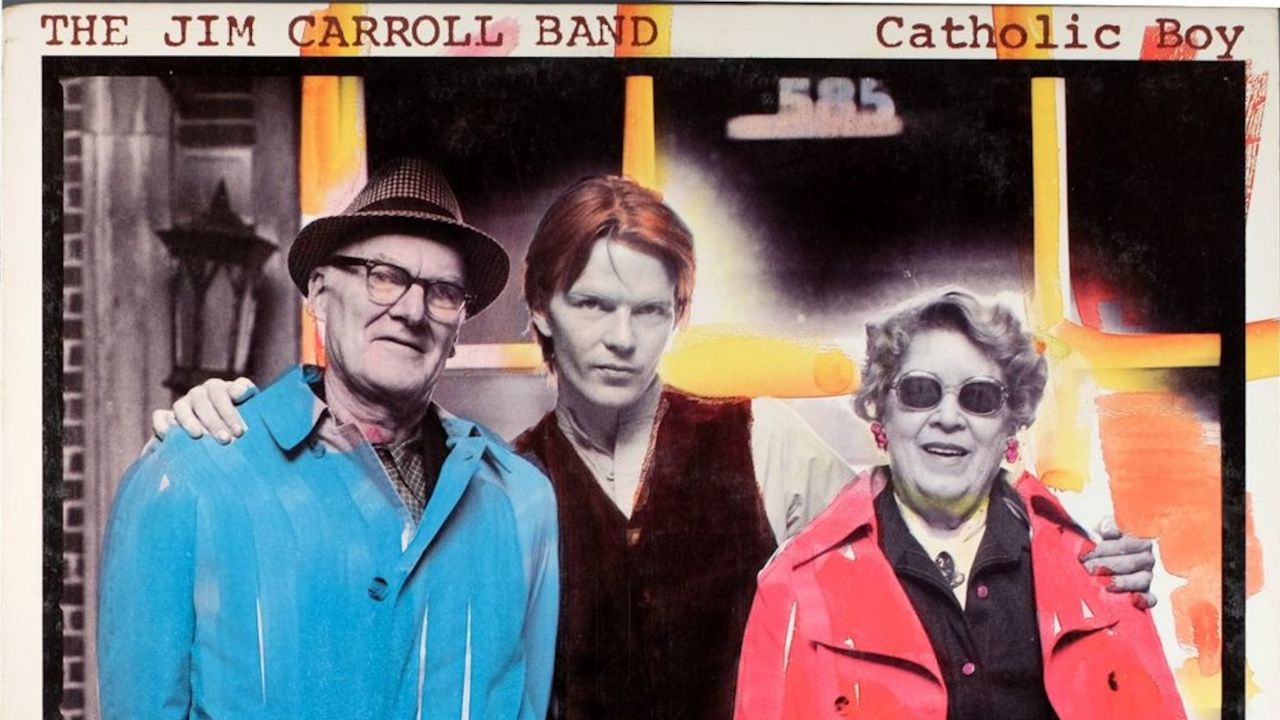God had gifted saints with less talent than Jim Carroll. By 28, he’d started and ended a vicious heroin habit, developed a reputation as a New York City sports prodigy, written a Pulitzer Prize-nominated collection of poems, and published 1978’s The Basketball Diaries, a best-selling chronicle of addiction and youthful hedonism from ages 12-15 and an early exemplar of autofiction. The 1995 film adaptation would star Leonardo DiCaprio. Some people become cool; some people, like Jim Carroll, are born with it, a burdensome inheritance. Everybody wants a piece.
Where do you go after you’ve become the king of Downtown? In 1973, fractures were forming in his social milieu: the Beats, like his friend Ted Berrigan, who’d hung on through the speed-fueled ’60s, poets in varying states of sobriety, rock musicians like his erstwhile roommate and ex-girlfriend Patti Smith, and a crowd in Warhol’s orbit who “were all into being self-destructive themselves.” He’d grown weary of the incestuous poetry crowd, who all wrote for one another. He was too young to be a legend and too experienced to pick up a new bad habit. He was in search of something more potent than an earthly high—or at least without the jail time or the comedown.
In recovery on and off by 18, he’d already lived innumerable lives. Jack Kerouac was dead, but before he kicked the bucket, he read an excerpt of Carroll’s work in The Paris Review and declared that “at 13 years of age, Jim Carroll writes better prose than 89 percent of the novelists working today.” He’d also said in On the Road that the only people for him were “the mad ones” who “burned like fabulous yellow roman candles.” Carroll wasn’t ready for such an explosive expiration. Madness had ravaged his youth and fed on his friends.
Before rock ‘n’ roll, before his reinvention as a punk poet, the first new frontier was rehab. He tried a New York City methadone clinic, hated it, then at 24, he quit for California at the behest of his friend, the poet Anne Waldman.
The Bay Area was a tabula rasa without layers of memories. He got one dog, then three. He ran his pack down the beach in Bolinas, a hippie hamlet full of surfers in the shadow of Mt. Tamalpais.
“A dog is kinda the biggest reason I got off methadone,” Carroll said in 1981. “If I was crying from when I was in pain from kicking it, the dog was so conscious of it. He’d just come up and start licking me.”
